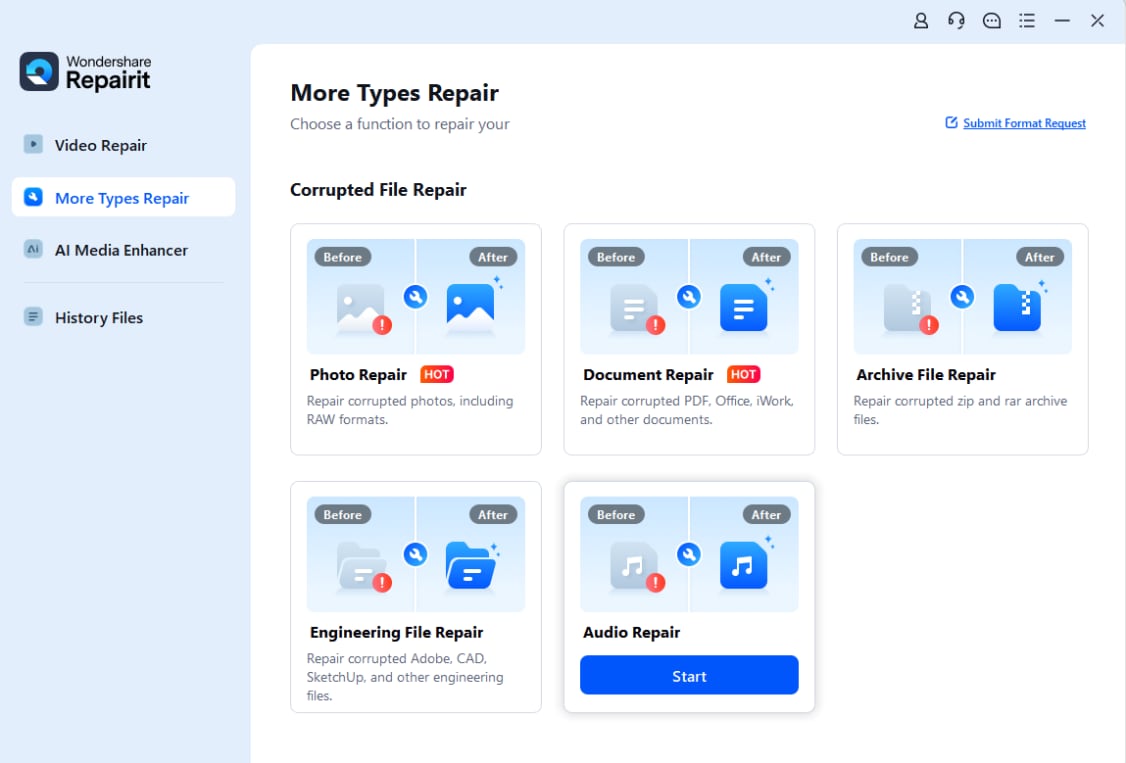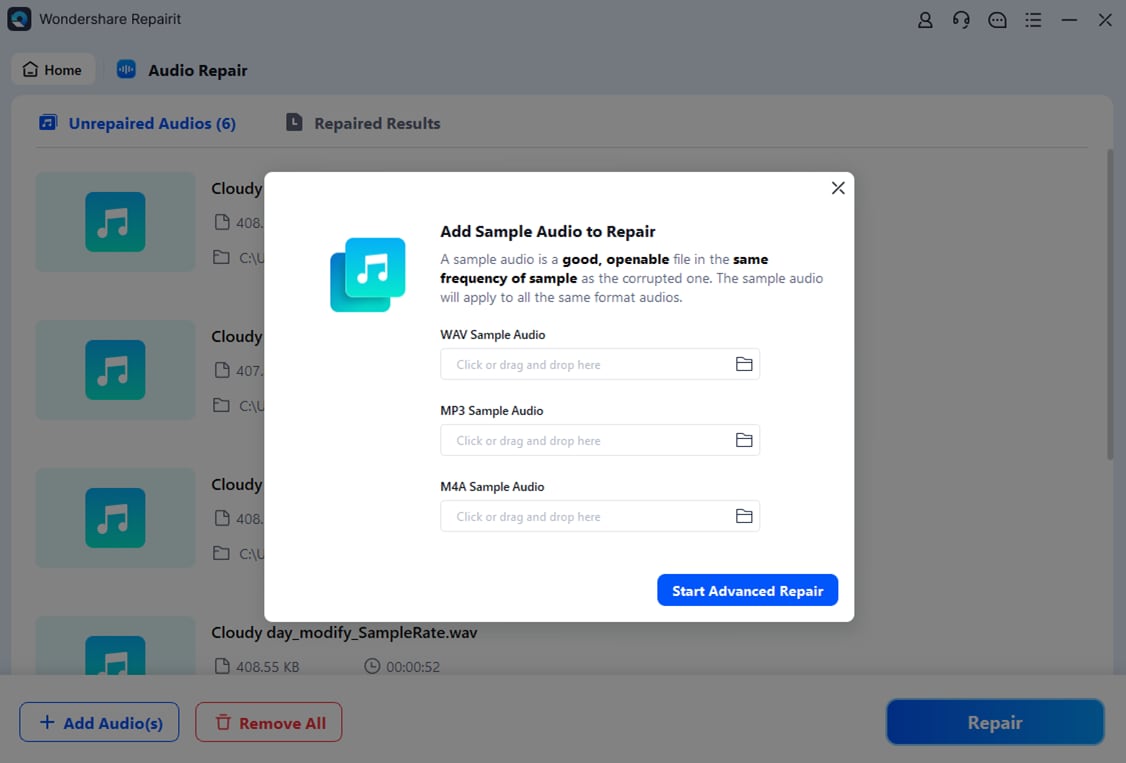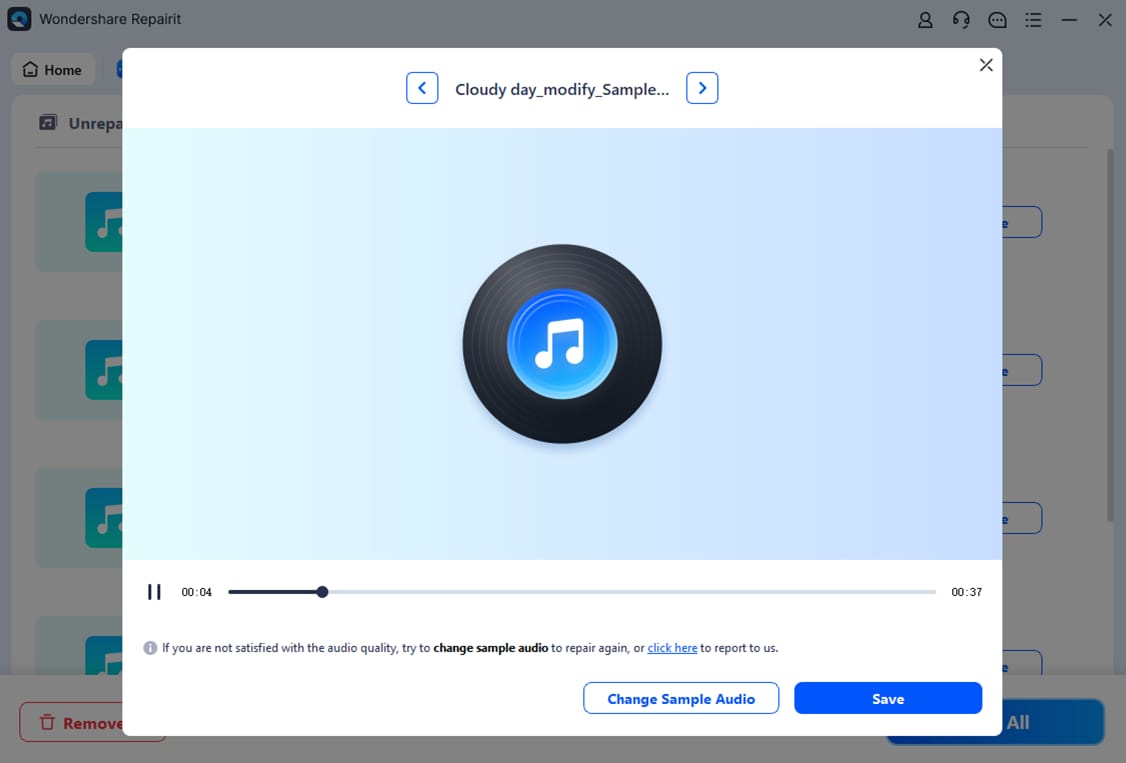Windows 10 is one of the most used and easiest OS to operate in the world. It covers frequent updates, which cover multiple changes in its function. However, the updates are not always beneficial for users. There are various issues involving such frequent updates. One such problem is no sound after Windows 10 update 2021.
This article features solutions to this problem. With an overview of these problems, you can resolve all concerns. Look ahead into the detailed guidelines providing the fix for Windows update no sound.
Part 1: Why Will the PC No Sounds After Windows 10 Update?
Are you facing the issue of no sound after Windows 10 update? Have you recently updated your Windows 10? This can turn out to be the cause of all problems with your sound. What happens is that the update may corrupt any specific sound driver. This, in turn, damages the sound output of your computer.
In other scenarios, there might be some glitch that may lead to such issues. These temporary glitches left in your computer can get quite a mess. So, you might not hear any sound from your computer. Windows 10 updates can go as far as disabling the playback sounds of your computer. Thus, you will need to check your sounds properly after updating to Windows 10.
Part 2: How to Fix No Sound After Windows 10 Update?
As you are aware of what caused no sound after Windows 10 update. It is now time to look into some perfect fixes you should consider. These fixes will help you resolve all problems with your sound after the Windows update.
Fix 1: Check Slider Of Volume
The first thing to check on no sound is the volume slider of your computer. Rather than any software issue, the solution can be as basic as checking the slider. For this, you should consider trying the following steps:
Step 1: Approach the "Speaker" icon on the taskbar of your Windows computer.
Step 2: Click and check whether the slider is on the farthest left.
If it is, adjust the volume according to your requirements.

Fix 2: Enable the Playback Device
Windows 10 update might have disabled your playback device. The solution to this 'no audio after Windows 10 update'problem is to re-enable it. For this, you need to access the appropriate sound settings. Check the playback device status using the following steps:
Step 1: Access the "Speaker" icon on the taskbar and right-click on it.
Select "Sounds" in the protruding menu.

Step 2: Access the "Playback" section on the new window.
Right-click on the empty space to check the option "Show disabled devices."

Step 3: Following this, right-click on the disabled playback device.
Select the option of "Enable" from the drop-down menu to re-enable it.

Fix 3: Repair Your Audio File
Apart from the discussed solutions, there is another case to be considered. What if the issue does not lie in the software of your computer? There is a chance that the audio file you’re using may be corrupted. In such situations, there is nothing that needs to be changed across the computer. This directly leads to the need to repair the audio file. For this, you will need a proper audio file repairing tool that can provide you with optimal results.
Wondershare Repairit is the tool you should look for in such a condition. This platform makes the perfect example of your corrupted audio. With its simple and strong interface, it provides you with highly accurate results.

Wondershare Repairit - Audio Repair

-
Repair damaged audio with all levels of corruption, such as audio not working, clipping audio, humming audio, rumbling audio, sibilant audio, out-of-sync audio, etc.
-
Repair audio files of diverse formats, including MP3, M4A, FLAC, AAC, WAV, etc.
-
Repair damaged or corrupted audio from multiple devices: portable voice recorder, recording software, shooting apparatus, SD cards, phones, hard drives, USB flash drives, etc.
-
Support Windows 11/10/8/7/Vista, Windows Server 2003/2008/2012/2016/2019/2022, and MacOS 10.13~MacOS 15.
If you wish to repair your audio file to save time for recreating a new one, look into its guidelines. Covering the steps will help you understand the platform better. Follow the steps provided below to know more about Wondershare Repairit.
Step 1: Start Repairit and Access Corrupt Audio.
Make sure to download and install the latest Wondershare Repairit. Launch the tool and access "More Types Repair" from the left panel, and click "Audio Repair". Click on the "+Add" button to add corrupt audio. Start by clicking on "Repair."

Step 2: Provide Sample Audio.
Next, you need to provide a sample audio as per the requirements of the platform. Add the sample audio, aligning with the corrupt audio. Following this, hit the "Start Advanced Repair" option to begin the process.

Step 3: Repair Audio and Save.
The audio takes some time to repair. As it gets repaired, you can check it by clicking on the "Preview" button. Then, proceed to click on "Save" to save the repaired audio.

This video can help you fix your audio files with a step-by-step guide.
Fix 4: Consider Restarting Your Computer
Did you restart your computer immediately after the Windows 10 update? If not, then it is best to restart your computer properly. Usually, some glitches are left after the update, which requires a reboot. To carry this out, look ahead into the steps:
Step 1: Lead to the "Start" menu by clicking on the Windows icon on the taskbar.

Step 2: From the options, select the "Power" icon.
Next, choose the "Restart" option to reboot your computer.

Fix 5: Use the Audio Troubleshooter of Windows 10
What if you cannot find the cause of the sound problem? Under such cases, you can consider using the Windows 10 troubleshooter. The audio troubleshooter automatically detects all issues in the sound of the computer. Following this, it instantly resolves these issues by putting the sound in effect. Follow the steps below to fix no sound after the Windows update:
Step 1: Open the "Search" tab from the provided icon on the taskbar.
Type "Settings" and open it in a new window.

Step 2: You have to proceed with the "Updates & Security" section from Settings.
Find the "Troubleshoot" tab across the window. Locate "Additional Troubleshooters" in the provided list of options.

Step 3: On the Additional Troubleshooters screen, expand the "Playing Audio" troubleshooter.
Following this, hit the "Run the troubleshooter" button to initiate the process. Let the troubleshooter cover the complete process and resolve all sound issues.

Fix 6: Update Audio Drivers
As stated above, drivers can also be the cause of issues after a Windows 10 update. If a certain sound driver is glitchy, it will bring problems for the device. Thus, you should keep a check on the drivers. Updating them can be a great way to resolve all prevailing issues. If you are looking to resolve Windows update no sound, do check your drivers. Follow the steps provided below to update your audio drivers:
Step 1: Use the "Windows + S" shortcut key to open the search bar.
Type "Device Manager" and tap "Enter" to open a new window.

Step 2: Expand the "Sound, video and game controllers" section in the next Device Manager window.
Find the appropriate drivers from the list.

Step 3: Right-click on the drivers to select "Update driver/device" from the options.
Follow the on-screen instructions to update your drivers automatically.

Fix 7: Uninstall and Reinstall Drivers of Windows 10
If your drivers are still not working, it is best to reinstall them. For that, you first have to uninstall them from the Windows 10 computer. This would delete all associated details of the drivers in the computer. Once you reinstall, any glitch or uncertainty in the driver will remove automatically. Thus, you should consider uninstalling and reinstalling your audio drivers. For this, try out the steps below to resolve no sound after Windows 10 update:
Step 1: Open the Run Program on your computer with the "Windows + R" shortcut key.
Type "devmgmt.msc" to open Device Manager. This opens up a new window in front of you.

Step 2: Next, you have to access the "Sound, video, and game controller" drivers section.
Right-click on the audio driver that you want to remove. Select "Uninstall driver/device" from the menu. Follow the on-screen instructions to uninstall the driver from Windows 10.

Step 3: Open Device Manager on your computer once again.
Right-click on the desktop option to open a drop-down menu. Proceed with "Scan for hardware changes" from the drop-down menu. This will automatically search for audio drivers and install them on Windows 10.

Fix 8: Restart Audio Services of Windows 10
All long-running processes on Windows 10 are managed by Windows Services. Since audios are a consistent service across a computer, they can also be found there. The computer sound settings are operated through Windows Services. If the sound is putting up some problem, it is best to restart these services. This would surely resolve the no sound after Windows 10 update. To try out the process, look into the steps below:
Step 1: From the taskbar, open the "Search" feature.
Following this, type "Services" in the available space. A new window opens up.

Step 2: On the next screen, scroll down to find the "Windows Audio" service.
This is the service responsible for all the sound settings on your computer.

Step 3: Right-click on the service and click on "Restart."
The audio services on your Windows 10 will restart after you confirm the prompt.

Part 3: How to Rollback Your Windows 10?
Is there still no sound after the Windows update even after trying the solutions above? Getting your Windows updated can get quite heavy for you. Thus, you should always have a contingency plan for it. In such cases, it is best to roll back your Windows 10 to avoid all sound issues. In this article, we have covered a detailed guide explaining this solution. You should try rolling back your Windows to resolve all issues. For this, look ahead into the detailed steps as follows:
Step 1: Use the shortcut keys of "Windows + S" to open the Search bar.
Type "Create a restore point" and hit "Enter" to open a new window. On the next window, click on "System Restore" to start the restoration wizard.

Step 2: Across the wizard, click "Next" to lead to the next screen.
You will find the restore points saved there. Select any appropriate version and tap "Next" to proceed.

Step 3: To conclude the process, click "Finish."
The computer will start rolling back to the previous version. As it is completed, a prompt message will appear on the screen.

Conclusion
Our discussion has covered a comprehensive overview of no sound after Windows update. If you face any issue, you should try the provided solutions in detail. These solutions will help you get out of no sound after Windows 10 update 2021 issue. If the issue involves corrupt audio, try Wondershare Repairit. You won't be disappointed in getting your audio repaired properly.
* Some of the above codec formats may need to be supported by system.
People Also Ask
-
Why is there no sound after a Windows 10 update?
After a Windows 10 update, audio drivers can get outdated, disabled, or replaced, which often leads to no sound after Windows update. Restarting the audio service, updating sound drivers, or running the built-in troubleshooter usually resolves the issue. -
How do I fix no audio after Windows update?
To fix no audio after Windows update, try these steps: check playback devices, restart Windows Audio services, update or roll back sound drivers, and run the Windows Audio Troubleshooter. If these do not help, you may need to reinstall your audio drivers manually. -
What if my audio files got corrupted after a Windows update?
In some cases, the system update itself does not cause the Windows no sound after update issue, but rather damages your audio files. If your media files do not play sound or seem broken, you can use Wondershare Repairit to repair corrupted audio files quickly and restore them to a playable state.



 ChatGPT
ChatGPT
 Perplexity
Perplexity
 Google AI Mode
Google AI Mode
 Grok
Grok
